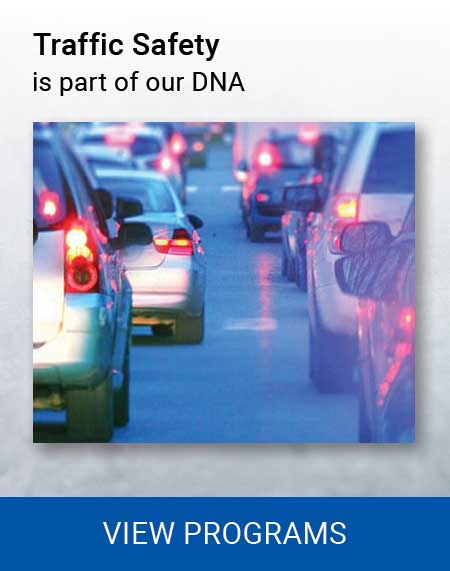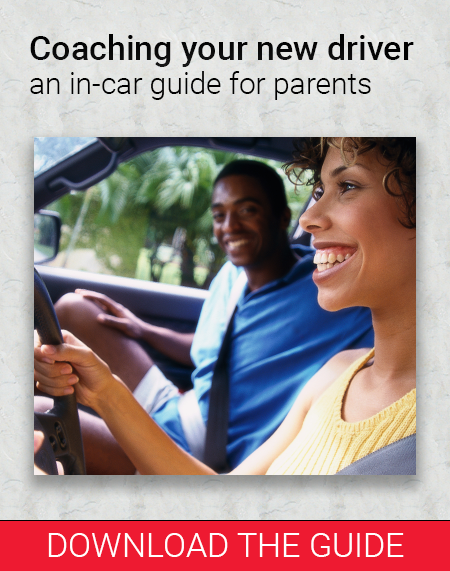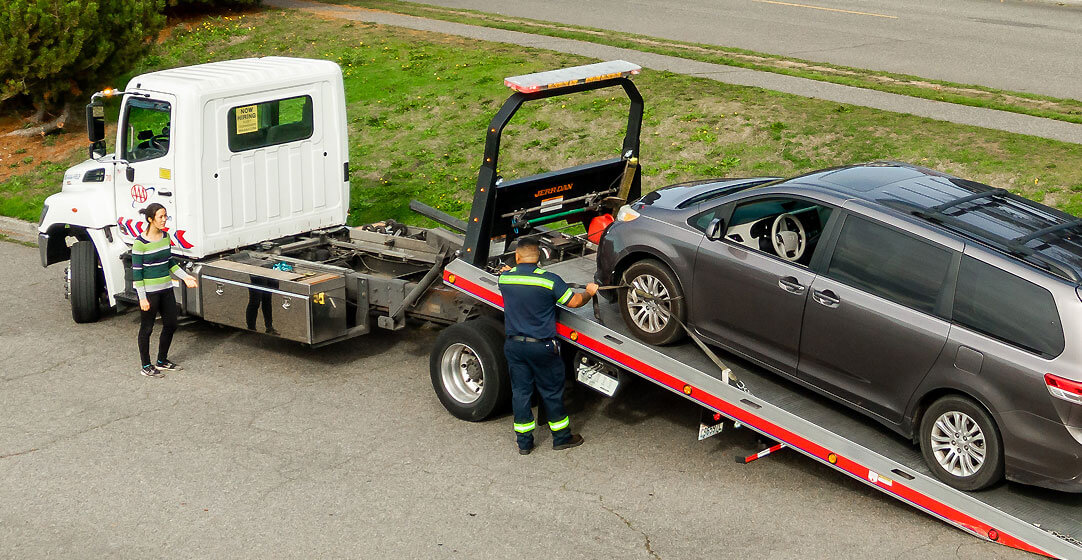Before you head out, visit WSDOT’s website for the latest road conditions in Washington.
How to Drive on Ice and Snow
Driving in winter weather can be challenging, but with a little preparation and education, you can arrive at your destination safely. After reading the techniques described, it’s suggested that you practice in a safe area.
Safety first
Be sure you’re driving distraction-free and your winter clothing isn’t restricting. Make sure you have a winter driving kit in your vehicle, and either you or a certified mechanic conducts a thorough vehicle checkup before heading out.
Getting underway
To see and be seen by others is paramount—clear all snow and ice from windows, mirrors, lights, hood, roof and trunk. To avoid windshield fogging, start your vehicle and turn on the heater for a few minutes before using the defroster.
Clearing a path
Clear a path in front of the wheels for several feet by driving forward and backward, or doing a bit of shoveling in deep snow. If you find yourself stuck, apply power slowly, and point wheels ahead so the vehicle can move in a straight line. To prevent wheel spin, start in second gear with a manual transmission and low gear for automatic vehicles. Rock your way out by moving forward until the vehicle stops, then shift into reverse until momentum stops. Repeat, moving a little further each time. If rocking doesn’t work, find a way to create traction with gravel, kitty litter, salt, branches, or even your vehicle’s floor mats.
Following
Increase your following distance an extra 10 seconds when driving on icy, slippery surfaces. On four-lane highways, stay in the lane that is the most cleared of snow. Avoid changing lanes due to the potential of losing control over snow build up between lanes.
Avoid cruise control
To maximize your safety, avoid cruise control in winter weather conditions. You may need to suddenly reduce or adjust your speed to respond to a potential loss-of-traction situation to maximize your safety.
Hills
Observe how other vehicles are reacting to inclines and keep far enough behind vehicles to avoid slowing down or stopping on your way up. This allows you to maneuver around any obstacles (such as stuck vehicles) and increase your speed at the bottom of the hill for momentum to carry you over the top.
As you reach the crest, reduce your speed and descend as slowly as possible, keeping brake use to a minimum. If further speed reduction is needed, squeeze braking is recommend to avoid loss of control.
Steering
In adverse weather, sudden braking often leads to skids. Steering around an obstacle is preferred to braking at speeds above 25 mph because less distance is required to steer around an object than braking to a stop.
Braking
Allow more distance when braking on slippery surfaces, at least 20 – 30 seconds ahead of your vehicle. Anti-lock braking systems (ABS) prevent wheels from locking and help retain steering control during panic braking. With ABS plant your foot on the brake pedal and holding it down while steering. You will feel a vibration in the pedal.
If you do not have an ABS, keep your heel on the floor and use the ball of your foot to apply firm, steady pressure on the brake pedal to the threshold of locking your brakes.
In emergency braking situations, many drivers apply too much pressure, which can cause wheels to lock. To correct for this, release pressure from the brake pedal by one or two degrees, then reapply slight pressure, continuing as needed.
Skidding
Even careful drivers experience skids, usually when braking, cornering or acceleration. Effective skid-control, and a calm approach, help you regain control.
Rear wheel skids may result in an over steering situation:
- Continue to look where you want to go.
- Steer in the direction you want the vehicle to go.
- Avoid slamming on the brakes which upset the vehicles balance make regaining control more difficult.
- When rear wheels stop skidding, continue controlled steering to avoid rear-wheel skidding in the opposite direction.
Front wheels skids are easier to correct, but can also transition into an oversteering situation:
- Continue to look where you want to go.
- Steer in the direction you want the vehicle to go.
- Avoid slamming on the brakes which upset the vehicles balance make regaining control more difficult.
- Wait for the front wheels to grip the road again; when traction resumes, the vehicle will steer again.
But most of all, if you’re uncomfortable driving in snowy or icy conditions, avoid doing so.
Expert Advice
The Washington State Department of Transportation’s avalanche forecast and control supervisor knows all about driving in ice and snow. He shared some of his tips for navigating winter roads.







